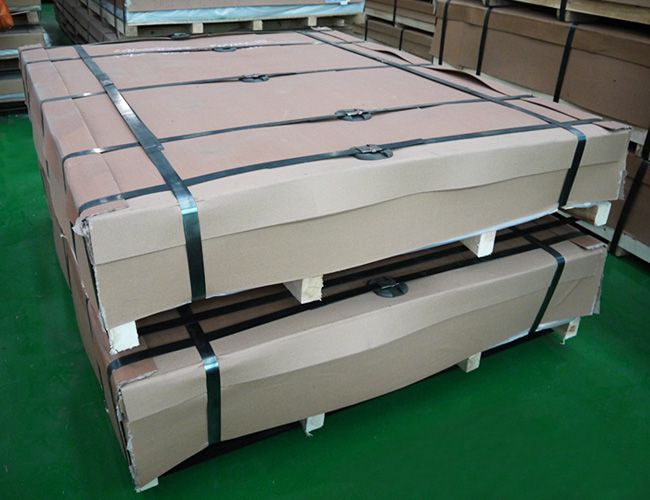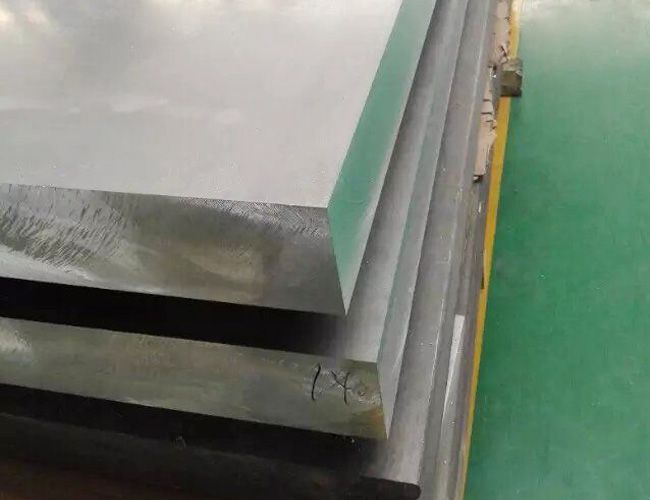Aluminum materials are extremely unstable in air and are prone to produce oxide films that are difficult to identify with the naked eye. Due to the different processing methods of aluminum parts, such as casting molding, or directly cut by the rolling plate, or mechanical fine processing molding, or after different processes of molding and then heat treatment or welding, etc., the surface of the workpiece will present different states, different degrees of dirt or traces, so in the pretreatment process must be selected according to the actual situation of the workpiece surface of the process. In the pretreatment process, it should be noted that although the natural oxide film on the surface of the fine processing parts has just been formed, the unmachined surface has an over-thick oxide layer formed during the casting process, and the workpiece is transferred to heat treatment or welding process before the formation of a layer of oil-stained sintered coking matter, the treatment precautions for these situations are as follows:
1.Fine processing parts in the pre-treatment process need to pay attention to the problem: although the surface of the natural oxide film is just formed, easier to remove, but greasy weight, especially in the eyelet and around (due to the need for lubrication during the machining process and added), such workpieces must first be cleaned by organic solvents, if directly washed with alkali not only greasy weight is difficult to remove, and the fine processing surface can not withstand a long period of strong alkali corrosion, the result will also affect the roughness of the workpiece surface and tolerance of the cooperation, and eventually may become a waste.

2.Casting molded parts need to pay attention to in the pre-processing process. Casting molded parts are not all surfaces are machined, unmachined surfaces leave a thick oxide layer formed during the casting process, some also sandwiched with sand layer, at this time should first use machining or sandblasting method to remove the original oxide film of this part, or after alkali washing and then processing, only in this way can not only remove the original oxide layer of the unprocessed part, but also avoid the change in the tolerance size of the machining part.

3.After heat treatment or welding process of the workpiece in the pretreatment process needs to pay attention to the problem: according to the process requirements, the workpiece into the heat treatment or welding process before the need to be cleaned by organic solvents, in addition to the net surface oil pollution, but the current general can not do this, so the workpiece surface to form a layer of oil sintered coking, this layer of coking in the organic solvent is difficult to remove the net, if soaked in the lye will cause local corrosion, pockmarks or cause unevenness, seriously affecting product quality. The method of soaking concentrated nitric acid is used to soak the layer of coking, and after the coking is soft, it can be completely cleaned with a little cleaning in the lye.
< What is the difference between 5052... Types of surface materials used for... >
